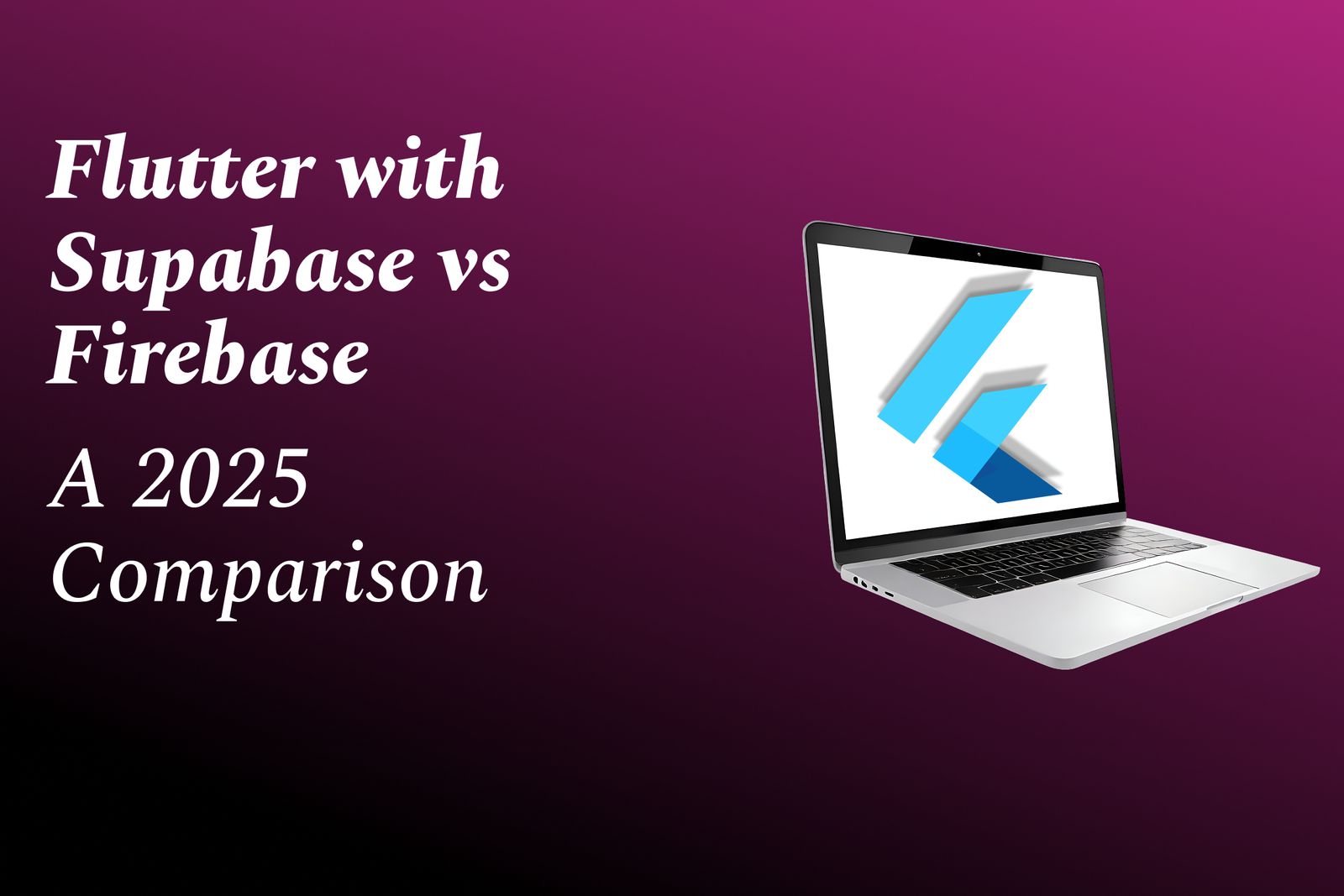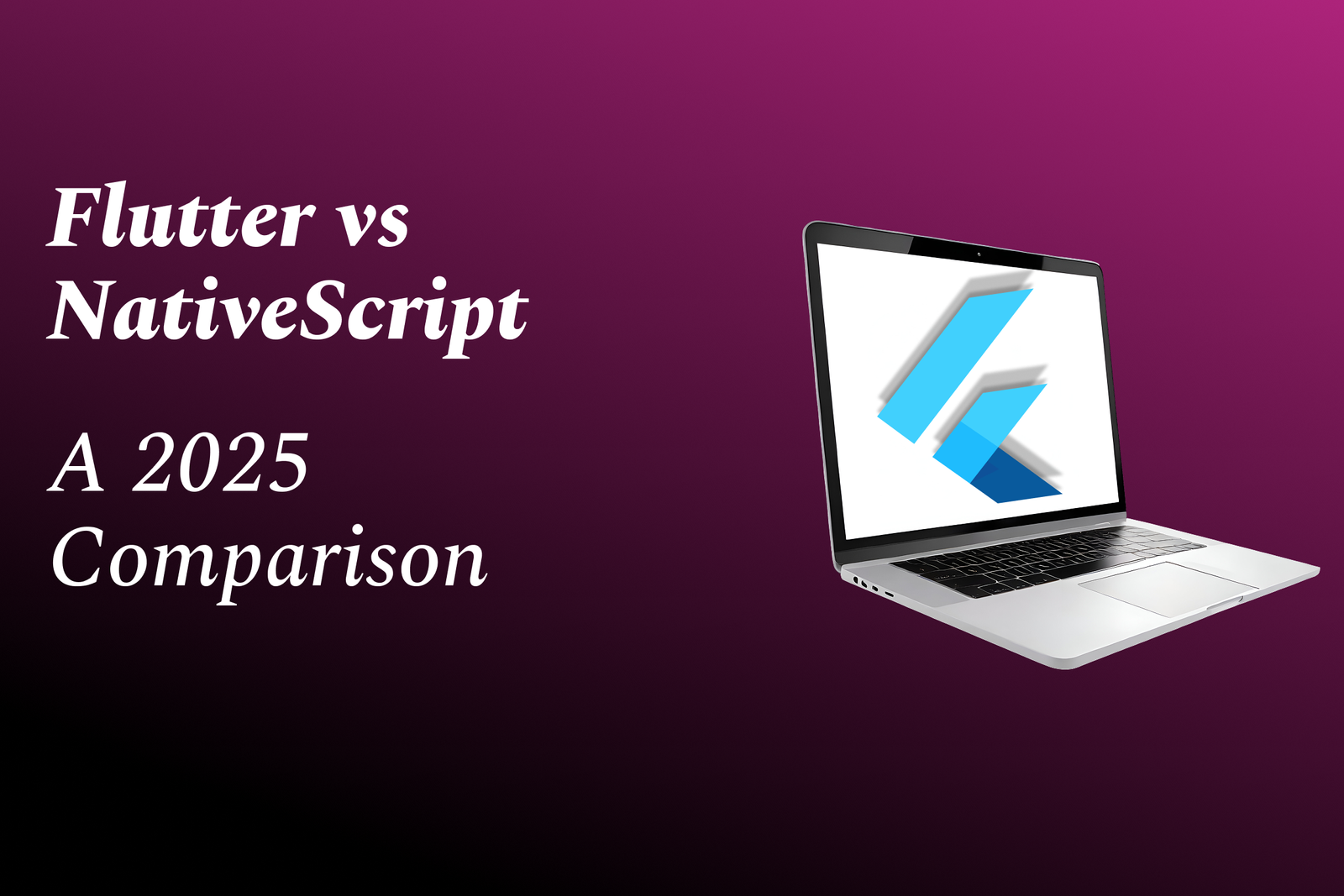Background Processing
Enhancing Efficiency: The Role of Background Processing
Background Processing
Background processing refers to the execution of tasks by a computer system that occurs behind the scenes, allowing users to continue interacting with the main application or interface without interruption. This approach is commonly used in operating systems, web applications, and other software environments to improve efficiency and user experience. By offloading resource-intensive tasks, such as data processing, file uploads, or system updates, to background threads or processes, the main application remains responsive. Background processing can involve various techniques, including asynchronous programming, multithreading, and queue management, which help manage how tasks are executed without interfering with the user interface or other critical functions.
To Download Our Brochure: https://www.justacademy.co/download-brochure-for-free
Message us for more information: +91 9987184296
1 - Definition of Background Processing: Background processing refers to the execution of tasks that occur behind the scenes without user interaction, allowing users to continue with other activities simultaneously.
2) Importance of Background Processing: It enhances system performance by enabling multitasking, where users can perform other tasks while the system processes data in the background.
3) Types of Background Processing: Includes batch processing (processing large volumes of data at once) and real time processing (processing data as it comes in).
4) Operating System Support: Modern operating systems support background processing by managing resources and scheduling tasks efficiently.
5) User Experience Improvement: By offloading tasks to the background, applications can remain responsive, improving overall user experience.
6) Threading: Background tasks often use separate threads to ensure they do not block the main application process. This allows the main thread to interact smoothly with users.
7) Concurrency and Parallelism: Background processing can leverage concurrency (multiple tasks at once) or parallelism (tasks running simultaneously across multiple processors) to optimize performance.
8) Resource Management: Efficient background processing requires effective resource management to balance CPU, memory, and I/O operations without overloading the system.
9) Use in Web Applications: Many web applications utilize background processing for tasks like sending emails, generating reports, or processing data, preventing delays in user interactions.
10) Background Jobs and Queues: Systems often implement job queues for managing and scheduling background tasks, ensuring that each task is executed at the right time.
11) Error Handling: Background processing requires robust error handling mechanisms to manage failures without affecting the ongoing user experience.
12) Security Considerations: Background processes must adhere to security protocols, as they may handle sensitive data, necessitating proper authentication and encryption.
13) Monitoring and Logging: Effective background processing includes logging the status and results of background tasks for monitoring performance and troubleshooting.
14) APIs and Frameworks: Various APIs and frameworks (like Celery for Python or Sidekiq for Ruby) are available to simplify implementing background processing in applications.
15) Use Cases: Examples of background processing can be found in applications like file uploads, video encoding, data synchronization, and automated reporting, demonstrating its versatility across domains.
16) Challenges: Common challenges include ensuring tasks complete successfully, handling resource contention, and managing task dependencies.
17) Future Trends: With the rise of microservices and serverless architectures, background processing is evolving, allowing for event driven and asynchronous processing models.
18) Hands On Learning: Students can engage with practical examples and projects involving the implementation of background processing in real world applications, reinforcing their understanding.
This structured approach can help students grasp background processing comprehensively and prepare them for practical applications in software development and systems engineering.
Browse our course links : https://www.justacademy.co/all-courses
To Join our FREE DEMO Session: Click Here
Contact Us for more info:
PYTHON INTERACTIVE MODE ONLINE
salesforce training india
salesforce beginner course
HTML COURSE NEAR ME
PHP Training in Chandigarh











